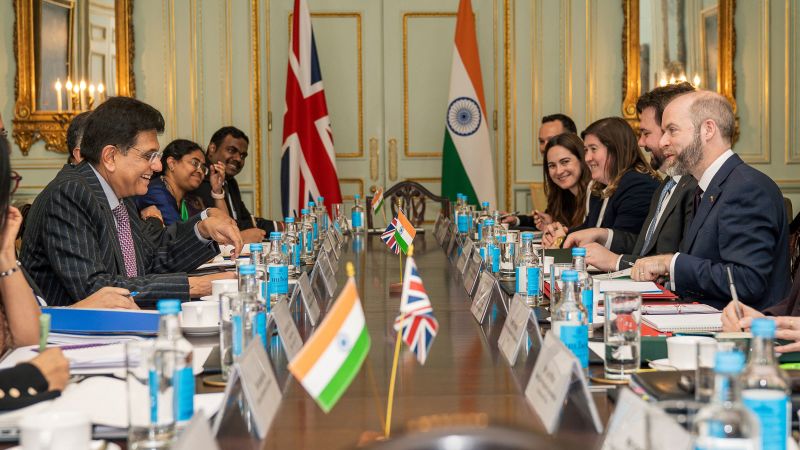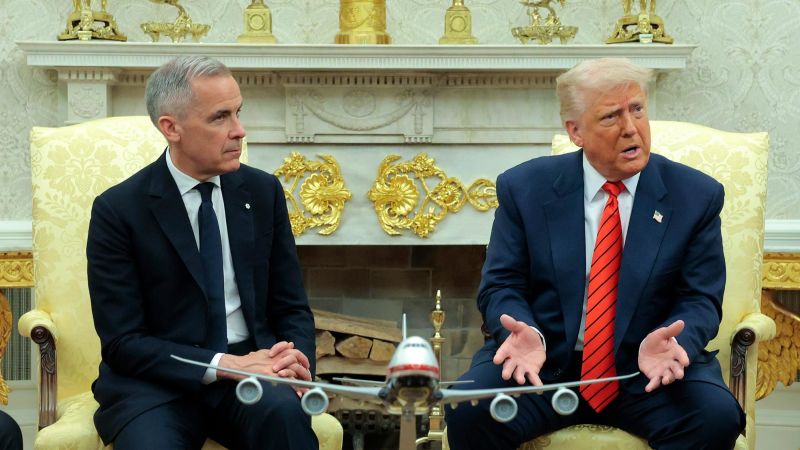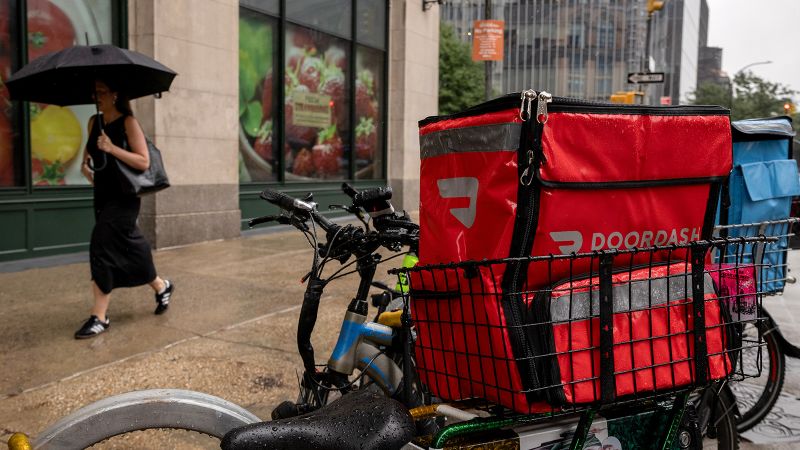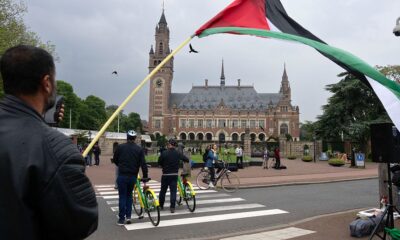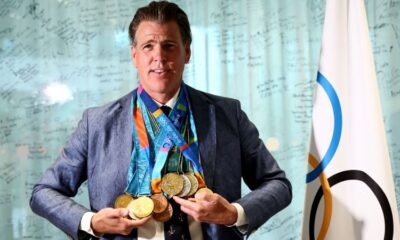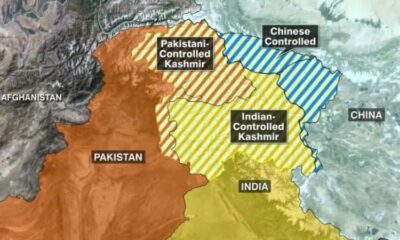Hong Kong
CNN
—
As Russian President Vladimir Putin prepares for his heavily choreographed May 9 “Victory Day” military parade, he’s been clear who’s at the top of his guest list: Xi Jinping.
The Chinese leader is set to arrive in Moscow on Wednesday for a four-day state visit, where he’ll deepen “mutual trust” with Putin, according to Beijing, and attend activities commemorating 80 years since the Allied forces’ World War II victory over Nazi Germany.
Xi’s attendance marks a strong showing of unity between the two autocrats and their nations at a moment when US President Donald Trump’s “America First” diplomacy has shaken global alliances and reshaped relations between Washington and both powers. In remarks last month, Putin described Xi as his “main guest.”
Brazil’s President Luiz Inacio Lula da Silva, Vietnam’s President To Lam and Belarussian leader Aleksandr Lukashenko are among other leaders expected to attend the celebrations. Contingents from the Chinese People’s Liberation Army honor guard will also join the parade, which takes place in the shadow of Putin’s assault on Ukraine.
To commemorate the event, Putin proposed a three-day ceasefire with Kyiv – a decision some analysts say was motivated by a desire to show off Russia’s military might uninterrupted in front of foreign dignitaries. Ukrainian President Volodymyr Zelensky rejected the proposal, calling it a “theatrical performance” and reiterated his support for an earlier US proposal for a 30-day ceasefire.
Earlier this month, Zelensky warned dignitaries traveling to the event that Kyiv “cannot be responsible for what happens on the territory of the Russian Federation,” amid the ongoing conflict – which the Kremlin later said amounted to a threat.
Ukraine has launched multiple drone attacks on Moscow over the course of the war, including in recent days – prompting temporary closures of airports in the capital for several hours. Its biggest attack on the Russian capital in March killed three people.
Ukraine says its attacks are aimed at destroying infrastructure key to Moscow’s war efforts and are in response to Russia’s continued assault on Ukrainian territory, including residential areas and energy infrastructure.
Russia’s May 9 “Victory Day” is one of the country’s largest celebrations and marks Nazi Germany’s 1945 surrender to the Soviet Union, a day which has become increasingly important under Putin, who has falsely claimed his war in Ukraine is a “denazification.” Previous years have seen a diminished supply of military hardware as Russian tanks are instead mobilized on that war’s frontlines.
Europe celebrates its VE Day, marking Germany’s surrender on all fronts, a day prior.
Shifting landscape
The visit is Xi’s third time in Russia since Putin launched his war more than three years ago, but much has changed since his last visit just over six months ago.
China and the US are now locked in an escalated trade war that threatens major impact to both economies, and Beijing finds itself in need of strengthening its friendships – and trade partnerships – with other nations, including Russia. Top officials from the US and China are set to meet in Switzerland later this week, in what could begin a lengthy process of trade talks to end frictions.
Moscow, meanwhile, has found a much more sympathetic America under Trump compared with his predecessor, but is now warily eying recently warming ties between Washington and Kyiv as the US President appears to lose patience with Putin in his push for an end to the conflict.
“Now … there are more incentives between China and Russia to present a solid image of their alignment,” said Yun Sun, director of the China program at the Washington-based Stimson Center think tank.
“Given the turbulence created by Washington’s policy in the world, China and Russia will be signaling that there is still stability and credibility in international affairs and de-Americanization is already in progress. They will rally and call for more support against US unilateralism and hegemonism, publicly and openly,” she said.
For Moscow and Beijing, an event celebrating the end of World War II – which saw the formation of the United Nations-led international system – creates the ideal backdrop to play up such rhetoric at a time when the US has exited some UN bodies and rattled long-standing alliances in Europe.
An article published by China’s state news agency Xinhua Sunday claimed Xi and Putin would “lead the correct direction of global governance, clearly oppose unilateralism and bullying, and work together to promote an equal and orderly world with multipolarity and inclusive economic globalization.”
The two leaders, known for making a show of their close rapport, have ramped up their countries’ economic and security ties in recent years. They’ve also worked together to frame themselves as responsible alternative leaders to the US, even as Russia wages war in Ukraine and Beijing ramps up its aggression in the South China Sea and toward Taiwan, the self-governing island that Beijing declares its own.
The countries’ relations have only been accelerated by Russia’s war, as Beijing has emerged as a key lifeline for Moscow, despite claiming neutrality in the conflict.
China and Russia reached record bilateral trade last year as a sanctions-strapped Moscow increasingly looked to China as an export market and source of products. Western governments have said dual-use products from China like microchips and machine parts are propping up Moscow’s defense-industrial base, losing Beijing goodwill in Europe. China defends its “normal trade” with Russia.
‘Standing jointly’
On this visit, observers say Xi will be looking to ensure China’s continued access to Russia’s natural resources and market, as the country now faces 145% tariffs on most exports to the United States and has thrown up high retaliatory tariffs of its own in an entrenched trade war.
“Given the current American administration’s policies towards China, China really needs Russia in many aspects – trade wise, energy resources wise,” said Tamás Matura, a senior fellow at the Center for European Policy Analysis.
But those same trade tensions – and Trump’s questioning of US economic and strategic ties with Europe – has also created a potential opening for China to repair relations with Europe, analysts say, something Xi is likely to be aware of as he navigates his diplomacy in the days ahead.
“A lot of European observers will be looking at and listening to Xi Jinping speech in Moscow – will he talk about, in a meaningful way, peace in Ukraine? Will China change its fundamental approach towards supporting Russia and its war efforts against Ukraine, which would facilitate its relationship with Europe?” Matura said.
Similar questions have been raised in recent months over whether a shifting US stance could draw Moscow closer to Washington – at Beijing’s expense.
Trump in recent months has upended traditional US policy toward Russia, parroting Kremlin rhetoric about the war in Ukraine and appearing open to concessions in Moscow’s favor as he aims to end to the entrenched conflict.
But there are signs of impatience in the Trump administration with Putin’s on-going onslaught against Ukraine despite the Ukraine-backed 30-day ceasefire proposal. And Washington and Kyiv’s signing last week of an agreement on natural resources is widely seen as strengthening Ukraine’s position with Washington.
Regardless, close observers of both Xi and Putin’s governments say there’s little incentive for either to throw over what has been a carefully crafted relationship with deep ideological and economic benefits.
That’s been the leading view from Beijing. “Russia stands jointly with China” on supporting the international order, according to Wang Yiwei, director of the Institute of International Affairs at Renmin University in the Chinese capital.
“Russia distrusts the US … and the fundamental hostile attitude toward Russia in the US and in general from the West cannot be changed (by Trump),” said Wang said.
Instead, analysts say, Xi and Putins’ meetings in the days ahead are likely to send another message: China and Russia remain as aligned as ever.

